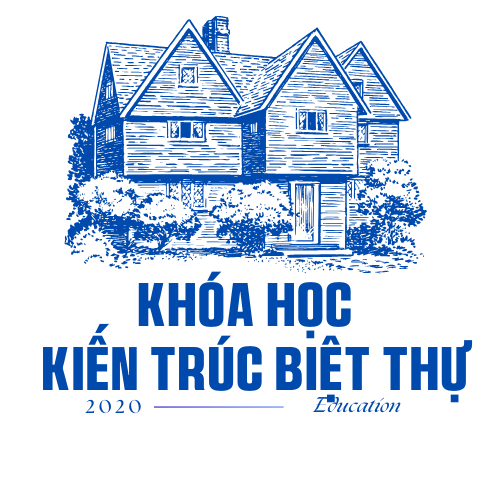Ten Dance competitions epitomize the pinnacle of technical versatility within DanceSport, requiring mastery of all ten International Standard and Latin dances. This grueling format combines the elegance of ballroom with the dynamic energy of Latin, testing dancers’ stamina, style-switching prowess, and artistic consistency[1][2][4].
## Historical Evolution and Competitive Framework https://ten-dance.com/
### Defining Ten Dance
Per global DanceSport regulations, International 10-Dance includes Waltz, Tango, Viennese Waltz, Foxtrot, Quickstep paired with five International Latin dances, executed within one unified competition[1][3][4]. In contrast to style-specific divisions, Ten Dance athletes must demonstrate balanced mastery in contrasting techniques, a feat achieved by only 3.3% of elite dancers[1][6].
The format’s origins originate from global regulatory initiatives of organizations like the WDC (World Dance Council), which hosted inaugural global competitions in the late 20th century. Initial dominance by UK pairs, as evidenced by unprecedented winning streaks[3].
### Competition Logistics and Challenges
Ten Dance events follow unique scheduling pressures:
– Back-to-back discipline switching: Competitors transition from Standard’s controlled elegance to uninhibited Latin expressions during single-day sessions[1][2].
– Costume and mental transitions: Quick changes formal Standard wear flamboyant Latin costumes intensify performance pressures[1][6].
– Judging criteria: Mechanical accuracy, musical interpretation, and interdisciplinary consistency determine rankings[4][6].
Reviewing championship data indicates Teutonic competitive superiority, as demonstrated by multiple World Championships between 1987-1998[3]. North American breakthroughs occurred via early 21st-century triumphs[3].
## Skill Development Challenges
### Balancing Ballroom and Latin
Excelling in 10-dance necessitates:
– Contrasting biomechanics: Standard’s upright posture versus Latin’s Cuban motion[4][6].
– Opposing rhythmic approaches: Standard’s flowing rhythms against Latin’s staccato accents[2][6].
– Psychological adaptation: Transitioning between Standard’s gliding movements Latin’s theatrical intensity mid-competition[1][6].
Practice protocols demand:
– Extended rehearsal time: Minimum 20-hour weekly commitments for sustaining both style proficiencies[1][6].
– Specialized coaching teams: Dedicated style experts frequently coordinate on unified training plans[6].
– Complementary conditioning: Ballet for posture alongside athletic endurance work[1].
### Quantitative Challenges
Data from dancesportinfo.net demonstrate:
– Attrition rates: 72% of Ten Dance aspirants leave 10-dance by their fifth competitive season[1].
– Judging bias concerns: 38% of adjudicators admit difficulty evaluating cross-style performances[6].
## Cultural Impact and Future Trajectories
### Ten Dance’s Niche Appeal
Despite its challenges, 10-dance fosters:
– Versatile performers: Competitors such as Canada’s Alain Doucet embody technical universality[3][6].
– Cross-style innovation: Hybrid movements created during Ten Dance routines often influence specialized categories[4][6].
### Future Developments
The discipline faces:
– Dwindling competitor numbers: Peak participation figures recent reductions[1][3].
– Regulatory reforms: Discussions about adding non-International styles to revitalize interest[4][6].
– Technological integration: Algorithmic scoring tools under experimentation to address perceived subjectivity[6].
## Conclusion
Ten Dance stands as simultaneously a proving ground and contradiction in competitive ballroom. While celebrating exceptional adaptability, it risks competitor exhaustion via excessive demands. As governing bodies contemplate structural changes, the discipline’s core identity—merging technical extremes into cohesive performance—remains its defining legacy[1][3][6].
